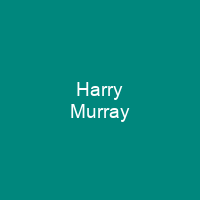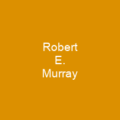Henry William Murray: A Life of Valor and Dedication
‘Imagine a man whose life was a series of epic battles, both on the battlefield and in his personal life.’
The Early Years
Murray’s journey began in Tasmania, where he was born on December 1, 1880. From a young age, he worked as a farmer, courier, and timber cutter before enlisting in the Australian Imperial Force (AIF) in September 1914. His early life experiences shaped him into a man of resilience and determination.
World War I: Gallipoli and Beyond
Was Henry Murray just another soldier, or was he destined for greatness? In April 1915, his 16th Battalion landed at Ari Burnu, part of the Gallipoli Campaign. Murray fought bravely but was wounded on May 12 and evacuated to Egypt. However, his spirit remained unbroken; he returned to the peninsula and received the Distinguished Conduct Medal (DCM).
His valor did not go unnoticed. In August, Murray was promoted to sergeant and later commissioned as a second lieutenant, transferring to the 13th Battalion. His leadership during the capture of Mouquet Farm earned him the Distinguished Service Order (DSO). But his most significant moment came on February 4-5, 1917, when he received the Victoria Cross (VC) for leading A Company in a fierce battle at Stormy Trench.
World War II and Beyond
‘After the war, Murray returned to Australia, settling down on a grazing farm. But his military spirit never truly left him.’
In 1939, Murray volunteered for service again, commanding the 26th Battalion until 1942. He then led the 23rd Queensland Regiment, Volunteer Defence Corps, until his retirement in 1944. His dedication to serving his country was unwavering.
A Life of Service and Commemoration
Murray’s life was a testament to service and sacrifice. He married Constance Cameron in 1921 but later separated, eventually marrying Ellen Perdon ‘Nell’ Cameron in 1927. They had two children: Douglas and Clementine.
His legacy lives on through the Henry Murray ward at Hollywood Private Hospital, named to honor his contributions during World War I. In 2006, a statue was unveiled in Evandale, Tasmania, commemorating his life and achievements.
A Final Rest
Murray’s final moments were marked by tragedy. He died on January 7, 1966, after a car accident. His passing was met with full military honors, reflecting the respect he earned during his lifetime.

Henry William Murray’s life was a remarkable journey of valor, dedication, and service. From his early days as a farmer to his heroic actions on the battlefield, he embodied the spirit of sacrifice for one’s country. His legacy continues to inspire through his stories and honors, reminding us of the profound impact individuals can have in times of crisis.
You want to know more about Harry Murray?
This page is based on the article Harry Murray published in Wikipedia (retrieved on November 27, 2024) and was automatically summarized using artificial intelligence.







